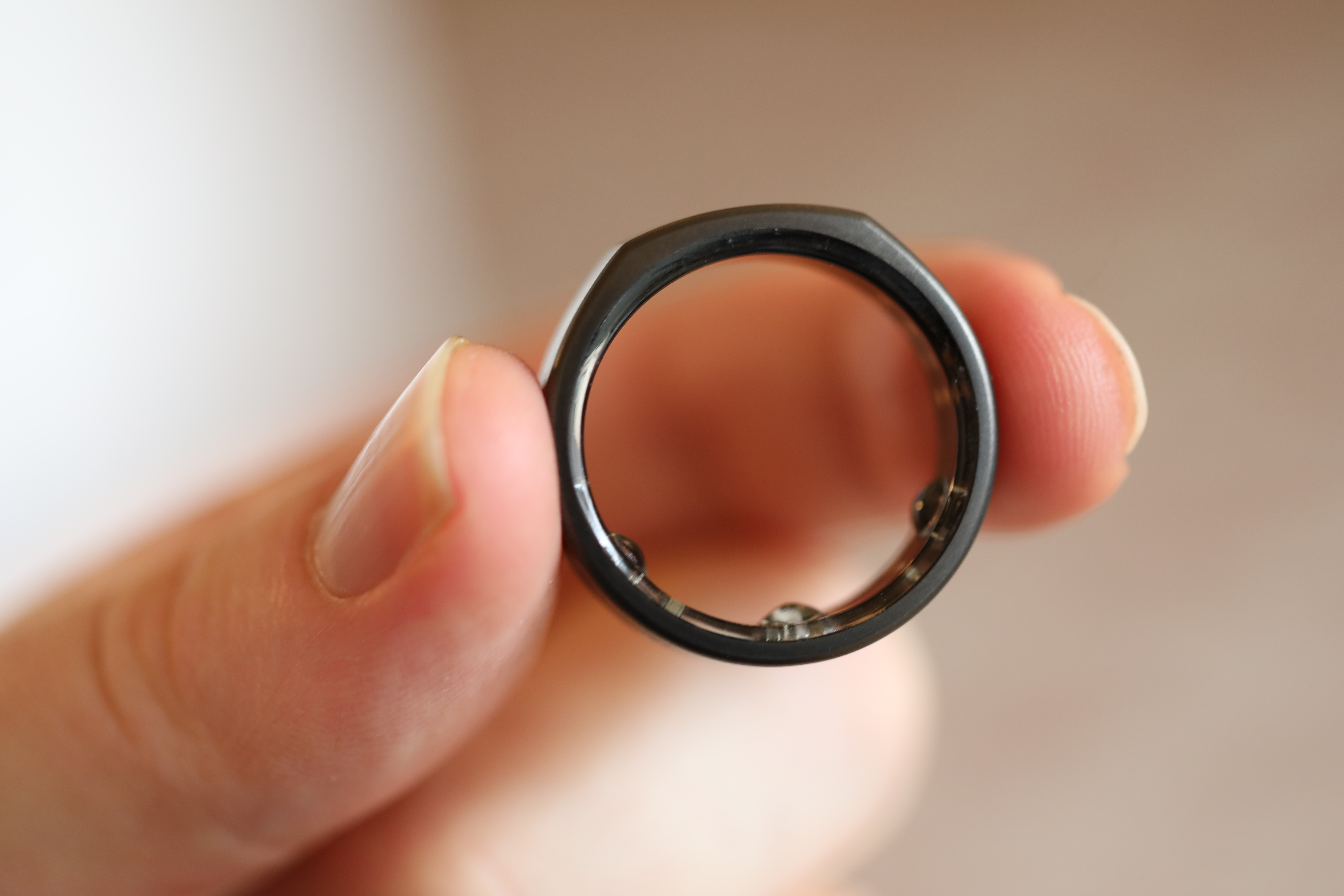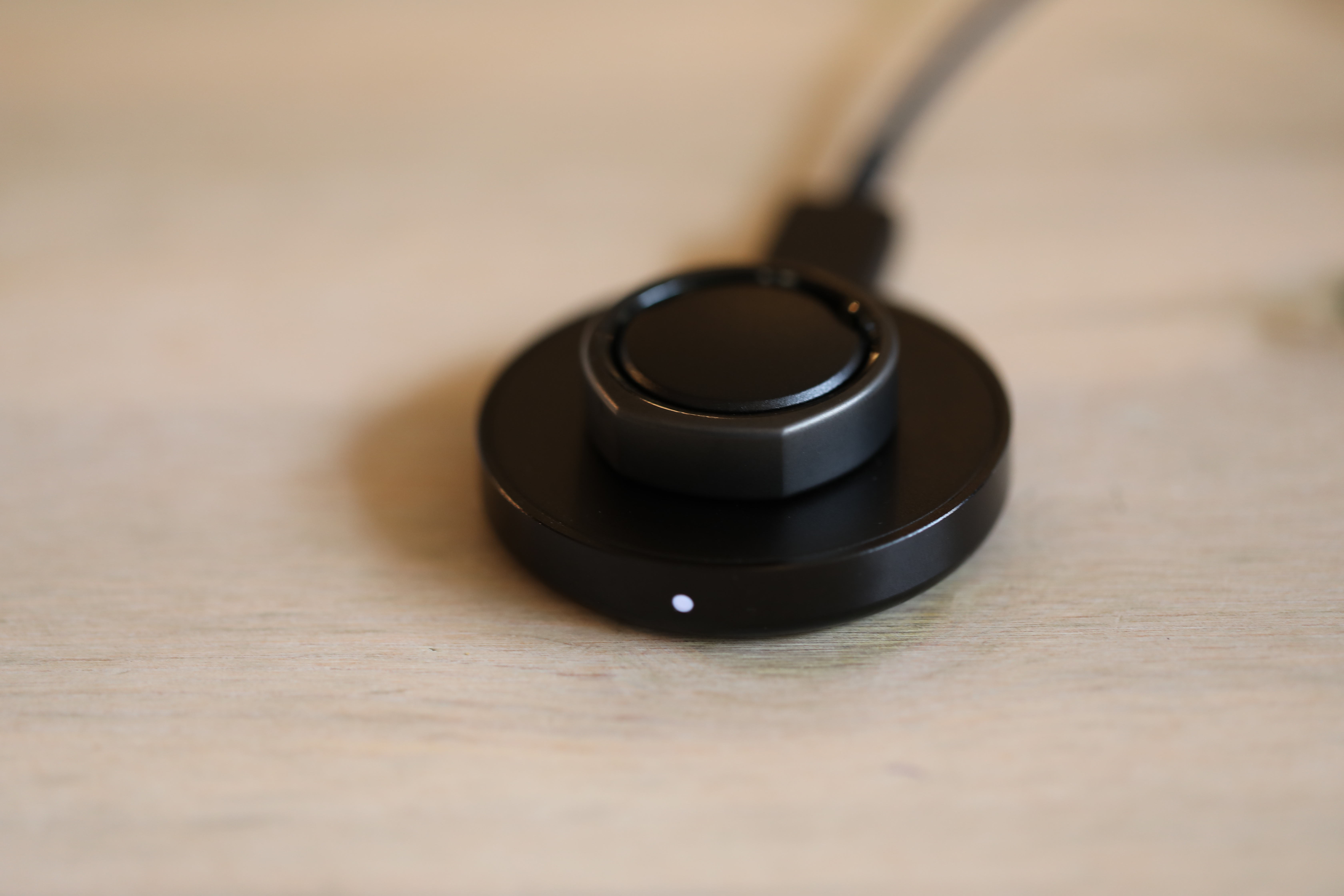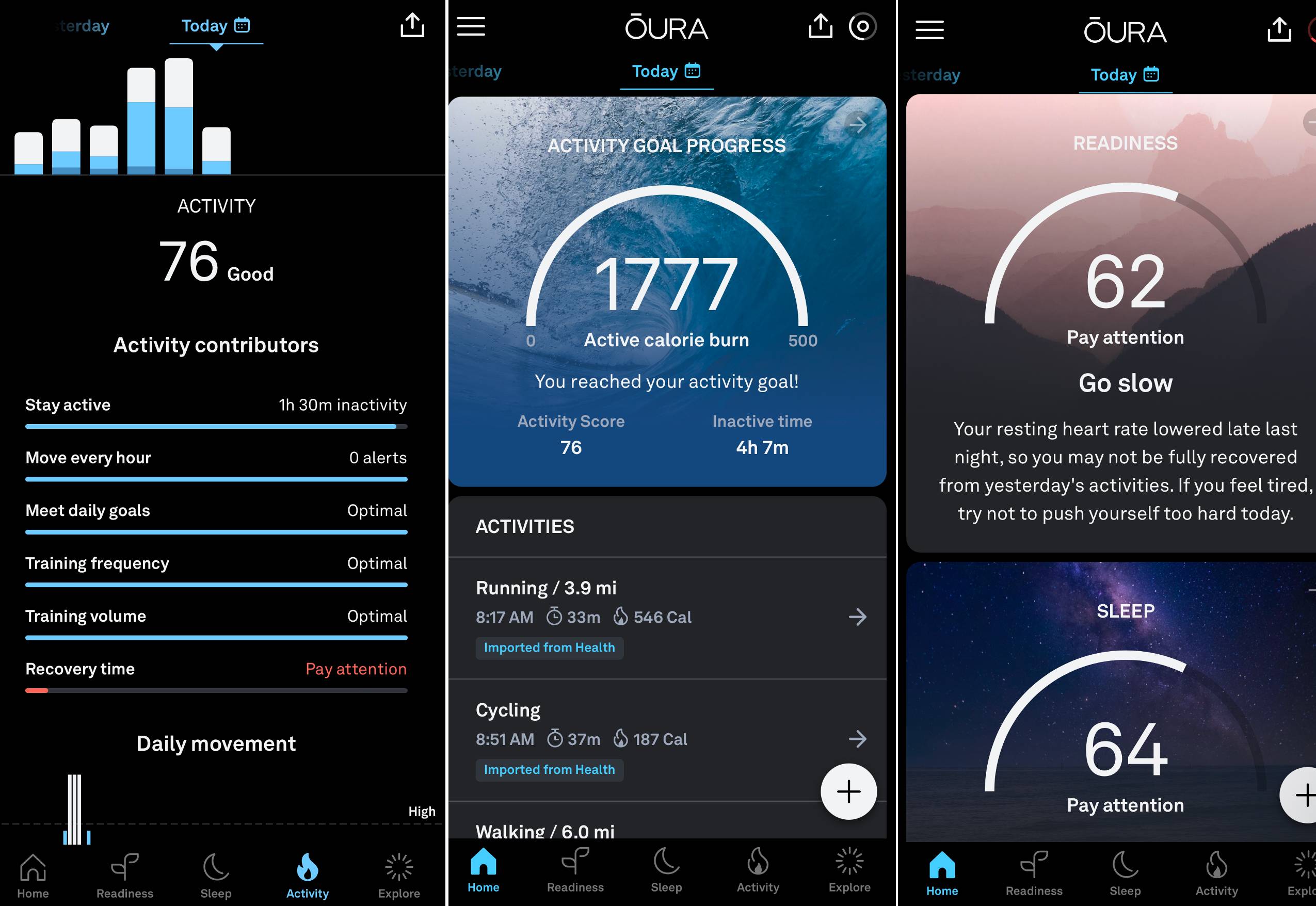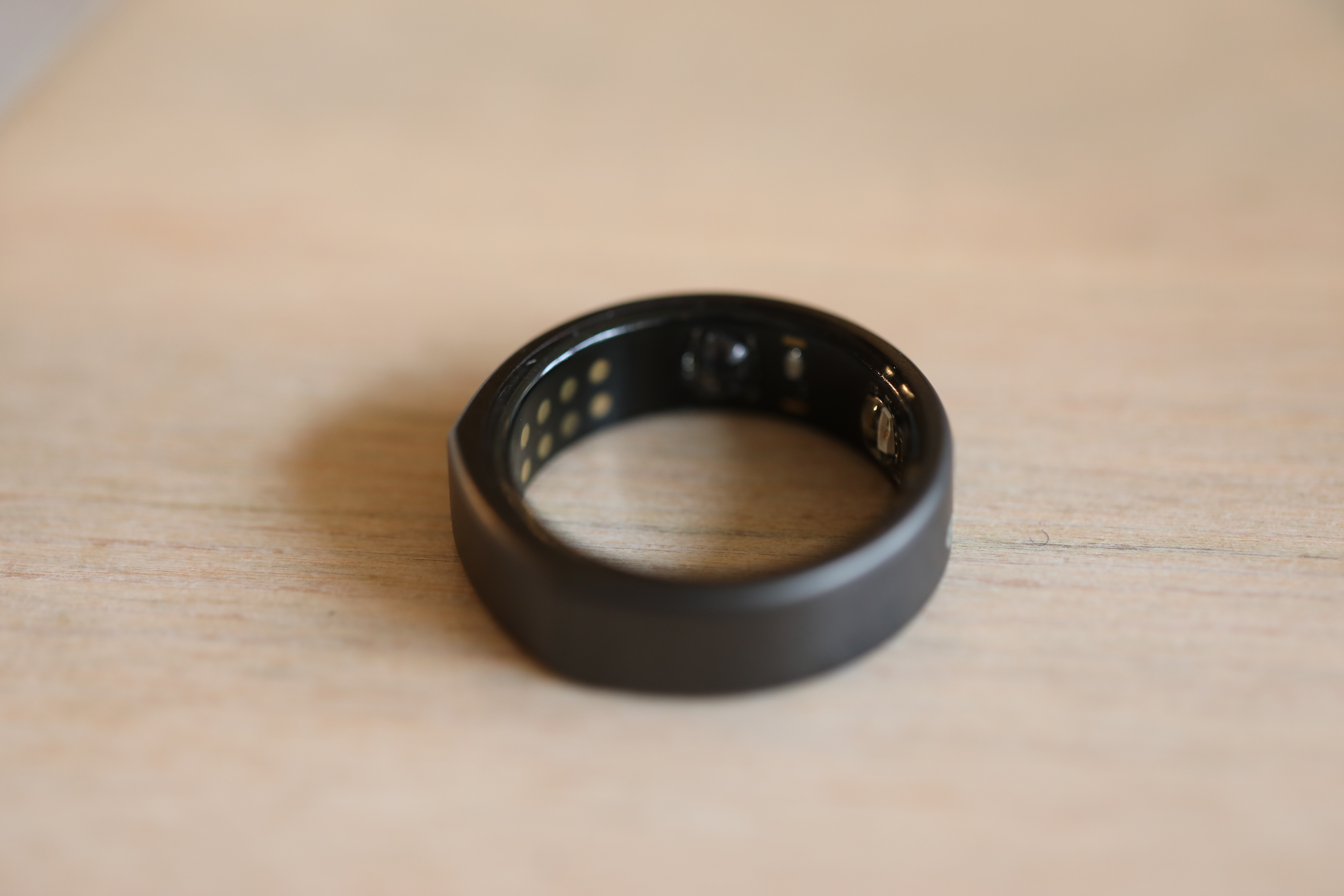I admit I was thinking about the Oura Ring incorrectly. I was thinking of the device as an alternative to my Apple Watch. I suppose this is true, in the vaguest sense — likely for most people, it’s one or the other. After all, two activity trackers is overkill for most. It’s also cost-prohibitive. At $299, we’re well within smartwatch territory on the pricing front.
There’s also the fact that, starting with the Ring 3, Oura is adding a $6/month subscription fee that kicks in after a six-month grace period. The new service arrives with additional features, but also sticks behind a paywall metrics that were previously free to users. The Oura Ring 3 is, in a word, an investment. But it isn’t a smartwatch.
If anything, it’s a successor to the fitness band — a category we don’t think about much these days, but one that utterly dominated the wearable category before Apple sunk its teeth into the space. Companies like Fitbit and Xiaomi still sell a ton of the things on an annual basis, but they’ve largely fallen out of fashion in favor of their more fully featured brethren. The more I’ve begun to think about the Oura Ring as a fitness band (or, perhaps more appropriately, health band), the more it has begun to make sense.

Image Credits: Brian Heater
It is, in a sense, a passive device — not one that buzzes and beeps, constantly demanding attention throughout the day. The Oura Ring is a device to be worn and largely ignored, save for the occasional predetermined nudge for things like movement reminders. And if we’re being honest, that’s always going to be the case here. Sure, many fitness bands have blurred the line with displays, but the ring form factor has some very real limitations with regard to real estate.
Rather, the Ring is designed to stay out of the way, collecting actionable sleep, health and fitness data that you can peruse later on a connected mobile app. And really, that’s long been the selling point here. For the most part, a ring is better at staying out of your way than a fitness band. That was the appeal of Motiv’s initial play — and while that product seemingly moved away from the fitness category, it’s a banner than Oura has been more than happy to pick up and run with.

Image Credits: Brian Heater
Before we venture any further, a confession: I’m not a ring guy. I don’t particularly like rings and don’t wear them (cue: “Don’t Fence Me In”). This is one of the big reasons I’m not going to be a regular Oura user. I’ve also, honestly, become fairly attached to my smartwatch. That said, I’ve been wearing the Ring 3 for the prescribed two weeks. That was Oura’s recommendation/soft demand for reviewing the product.
It was a strange request, as far as these things go. When reviewing hardware, you generally like to spend as much time with the product as possible. Easier said than done, sometimes. But here, the company insists that a fortnight is required for setting a kind of baseline measurement. It’s not that readings are going to be bad for the first two weeks, so much as things will be better when you’ve been wearing the device for a bit and Oura has a clearer idea of your habits, sleep and biometrics.
And it’s understandable, given that we’re all different, and customization is a key to any sort of health device. My guess is that sort of buy-in won’t be difficult to engender among those willing to plunk down $299 for a ring. It’s also a relatively simple lift given that it’s a minimally invasive product. Again, as someone who isn’t a ring person, it took some getting used to, but as a bit of a restless sleeper myself, it’s easier to wear to bed than a big, bulky smartwatch. Let’s take a moment to appreciate the built-in irony of a sleep-tracking device that’s hard to wear to bed. The Oura Ring is not that.
It’s comfortable. Because it’s a ring. Again, I’m not a ring guy, but the simple fact of it occupying less real estate makes it less invasive. Design-wise, the product is virtually identical to its predecessor. It’s a single-color metal band, round, but for a flatish edge that denotes the top of the product.

Image Credits: Brian Heater
If you don’t know your ring size, the company will send a sizing kit à la Warby Parker, featuring a number of plastic dummy rings. You’re encouraged to wear one around for 24 hours, as the human finger has a way of swelling and contracting during the day. I chose my size and color (a matte black) and waited. Ultimately, I found the final product to be a bit looser than its plastic counterpart, but the ring stayed on fine. And, indeed, I found that the exact fit tended to evolve over the day.
On the face of it, the device looks like a standard ring — and that’s really the appeal. You will, however, sometimes see a green glow emanating from the inner circle, as the ring’s sensors grab a heart rate reading. Daytime heart rate monitoring is among a handful of new features available at launch, along with period production (something I admit that I did not have an opportunity to test) and improved temperature sensing. Based solely on those new features, the 3 represents an incremental update over the 2.
The list of upcoming features arriving this year and next is a significantly longer one, including additional content like meditation and breathing sessions, workout heart rate monitoring, more accurate sleep staging and SpO2 blood oxygen sensing. In the case of that last one, in particular, it’s not entirely surprising it was delayed — and Oura’s certainly not alone in turning on a key health sensing feature after launch. In this case, it’s not about FDA approval (not yet, at least), but rather implementation.
This stuff is tricky to get right, and that likely goes double when you’re not Samsung or Apple. It is, however, a long list of promised features that will likely leave many potential consumers wondering why the company didn’t wait to launch a more fully realized product. I do ultimately wonder if it’s a piece of a deeper strategy to offer a base of hardware with the promise that features will continue to improve and roll out over the course of its life.
After all, there’s no question that Oura has some long-term ambitions with this stuff. Look no further than the myriad studies in which the company has participated. A cursory glance at its blog shows everything from depression to the impact of phone usage on sleep to adapting to undersea environments. Not everything is going to prove out, and certainly most or many would lead to brand new features, but at the very least, there’s some interesting insight here into precisely how much we’ll ultimately be able to monitor or predict with sensors. Among other things, those studies do appear to have proven out the accuracy of measuring things like heart rate on a finger versus the wrist.
Ultimately, I prefer a wrist-worn tracker like the Apple Watch for its workout tracking. I was able to pair the two and use them to paint an overall picture of my activity. I recognize not everyone has the means — or desire — to do this, however. Where the Oura Ring ultimately succeeds versus more traditional trackers is its emphasis on actionable insights — that’s precisely why the company is so insistent people let it determine a baseline before judging its efficacy.

Image Credits: Brian Heater
Things like recovery and readiness tend to be overlooked by these sorts of devices. Oura describes the latter thusly:
Readiness is your main Oura score and is designed for you and only you, helping you discover what works for your body and lifestyle. Readiness is a holistic picture of your health — taking into account your recent activity, sleep patterns, and direct body signals (like resting heart rate, heart rate variability, and body temperature) that can signify if your body is under strain.
Effectively, it takes all of the metrics it has been collecting and determines whether you’re doing a good enough job recovering between them. Recovery Time was a constant red flag for me. Which, fair enough. I could and probably should be doing a better job letting my body recover between workouts. It’s certainly something to improve on, as the red “Pay attention” notifications plainly indicate.

Image Credits: Brian Heater
Another place that pops up is sleep. Clicking over to the Home tab, the app notes, “Your heart rate decreased late last night, so you might not by fully recovered. To help your body recharge, how about taking a moment to unwind today?” It seems obvious on the face of it that, say, meditating at night (versus the morning when I usually do) or practicing breathing exercises before bed, would be better for my (admittedly restless) sleep than, say, doom scrolling with my buds on Twitter.
But in amongst the daily grind, it’s easy to lose sight of this fact. I’ve always said that one of the underrated and under discussed benefits of a wearable is that it’s kind of the tech equivalent of tying a string around your finger. It’s an injection of mindfulness and a reminder of why you made that investment in the first place. We buy these things because we want to better ourselves. And in a world where technology too often does the opposite, some positive technological reinforcement is a net positive.
"Review" - Google News
December 03, 2021 at 07:14AM
https://ift.tt/3xO98NK
Oura Ring 3 review - TechCrunch
"Review" - Google News
https://ift.tt/2YqLwiz
https://ift.tt/3c9nRHD
Bagikan Berita Ini















0 Response to "Oura Ring 3 review - TechCrunch"
Post a Comment